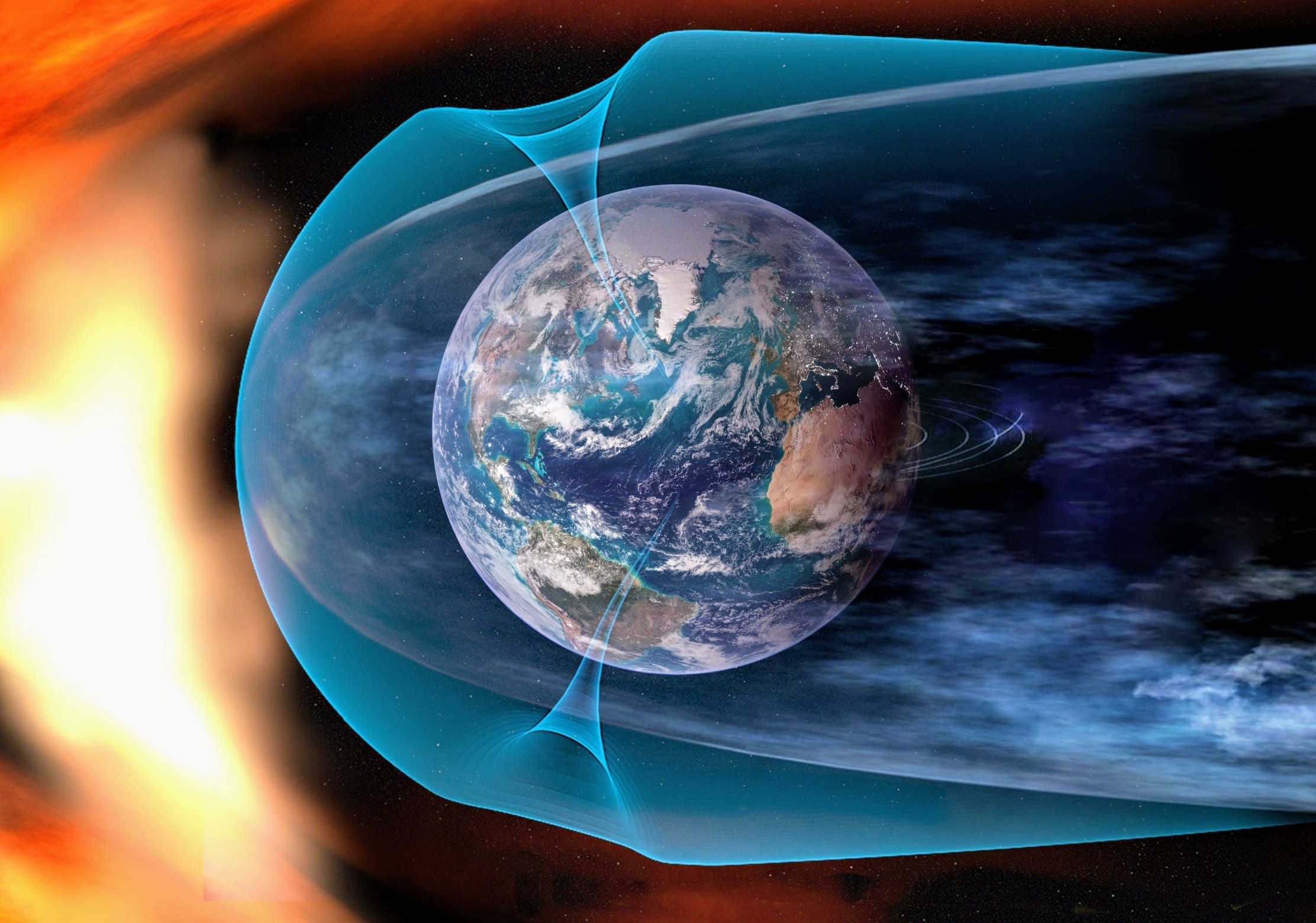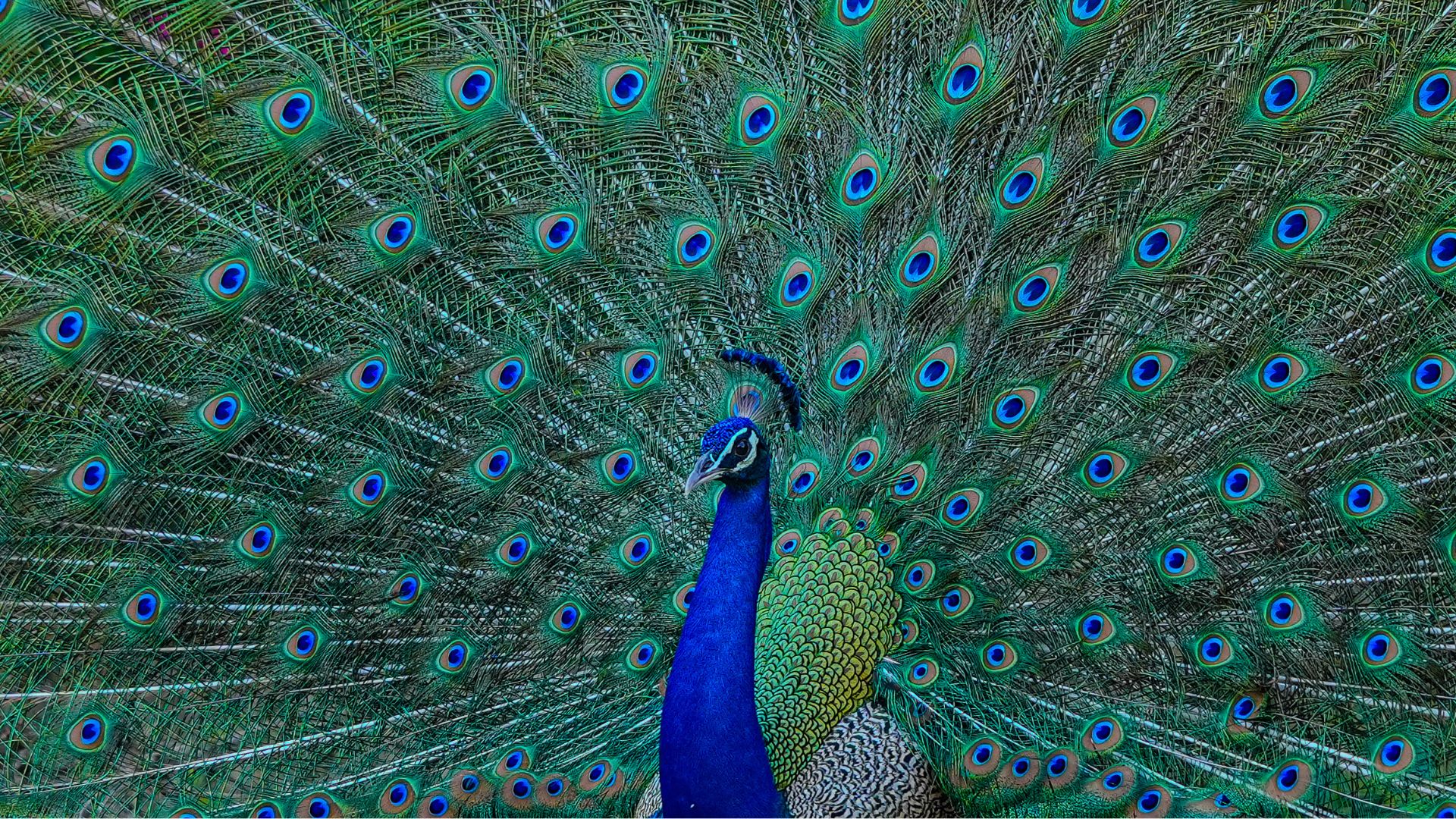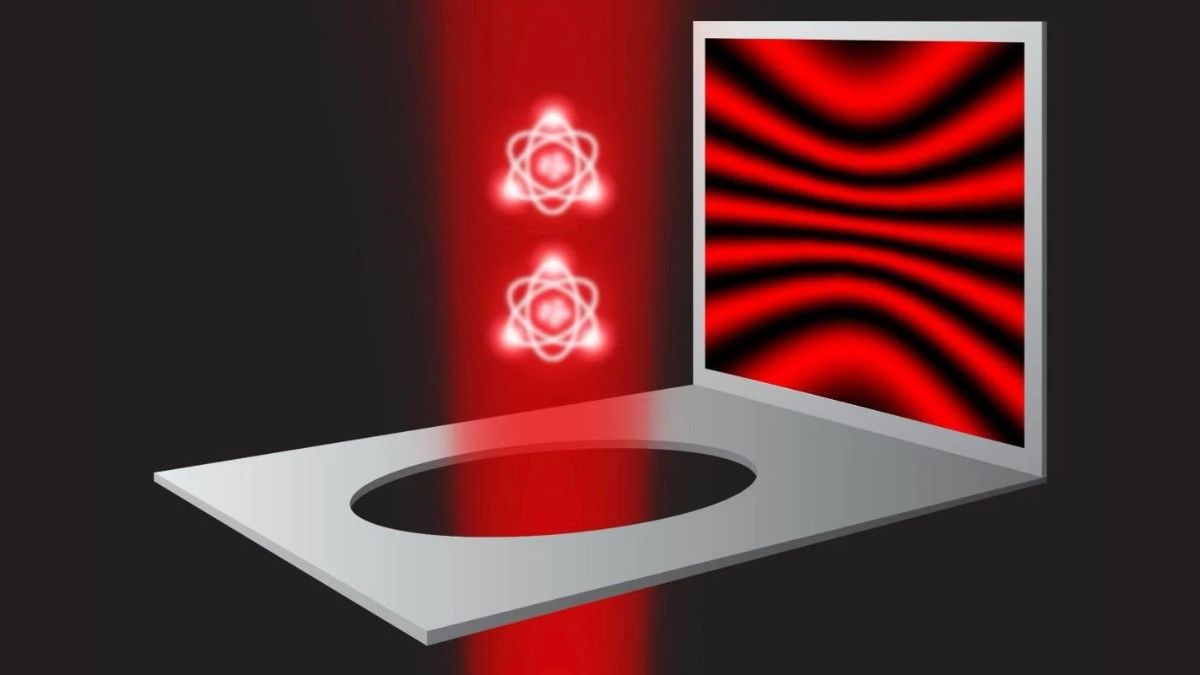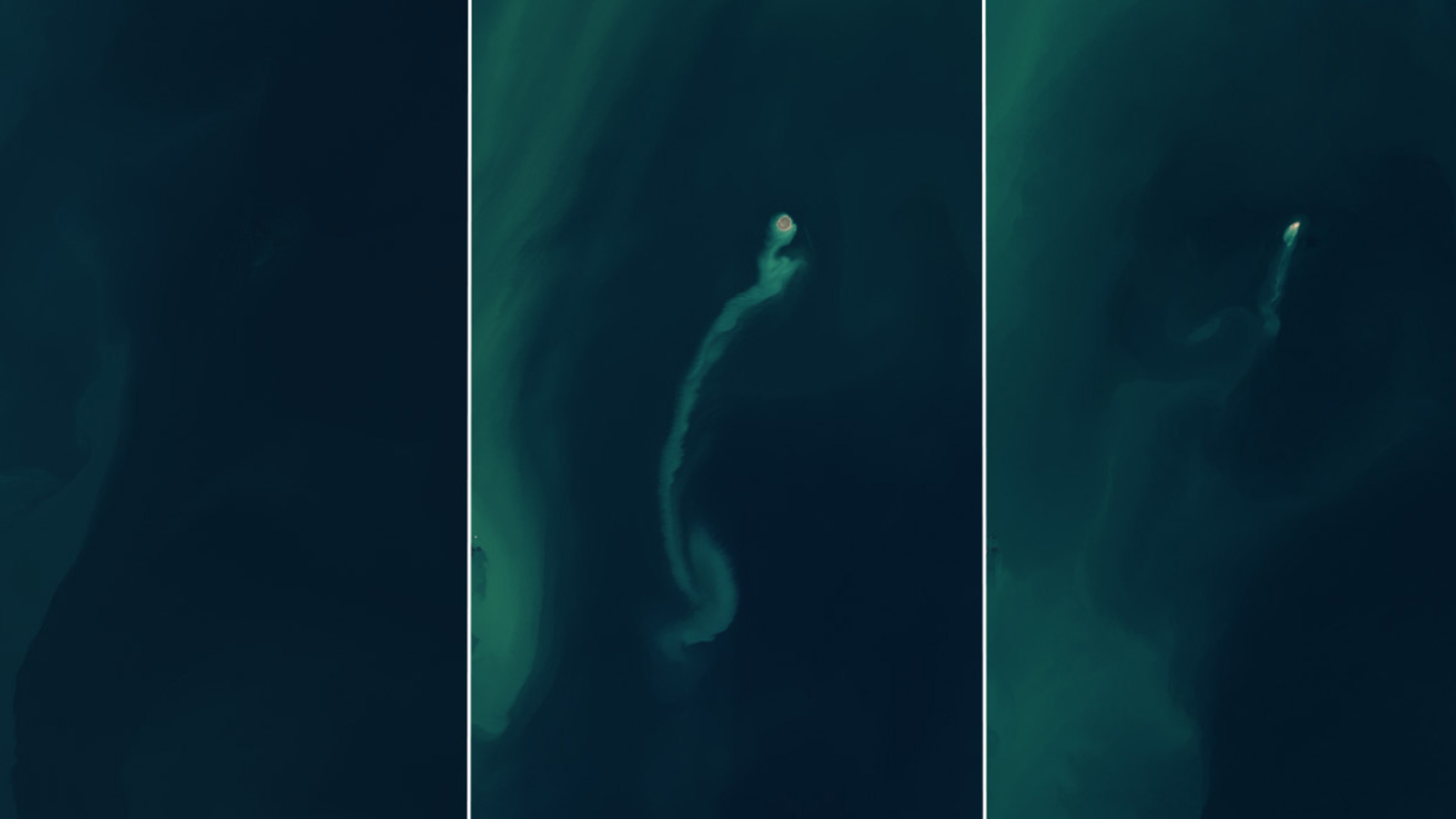Alarming Spy Device Can Read Text in an Open Book From Nearly a Mile Away

In a remarkable advancement that blurs the lines between science fiction and reality, researchers have unveiled a cutting-edge laser device capable of reading text within a book from a staggering distance of 0.85 miles. This innovative spy technology, developed by a team from the University of Science and Technology of China, employs a technique called intensity interferometry, which has its roots in astronomical observation.
The findings were articulated in a recent paper published in the esteemed journal Physical Review Letters. The researchers harnessed the principles of interferometry—a method commonly used in astronomy to create interference patterns from superimposed waves of light—to formulate their state-of-the-art system. However, instead of focusing on celestial objects, the team pivoted to ground-based applications, utilizing a sophisticated laser setup.
By collecting data from multiple light detectors, the scientists were able to measure variations in intensity rather than merely combining waves of light or sound. This approach enabled them to compile a detailed image of distant objects, effectively transforming a terrestrial laser system into a powerful tool capable of scanning far-off locations.
The technique’s efficacy is illustrated by the team’s ability to detect the shapes of individual letters as small as three millimeters from nearly a mile away. This feat was accomplished by firing eight infrared laser beams across the significant distance, which allowed for an unprecedented level of detail in the reconstructed visual of the target.
Interestingly, the concept of intensity interferometry is not new; it was first demonstrated in the mid-1950s for measuring the diameters of distant stars. However, the researchers have pushed the envelope by proving that this technique remains viable even in the presence of atmospheric disturbances, which can commonly scramble light wavelengths.
In this innovative approach, the team replaced the traditional light source, often a star's radiation, with artificially generated laser beams to illuminate their targets. By deploying eight beams instead of one, they significantly enhanced their capacity for resolution, making it possible to discern shapes and letters clearly, even when faced with atmospheric interference.
The implications of this research extend beyond mere curiosity. The team envisions potential applications that include identifying space debris by directing laser light towards them. Additionally, they are optimistic about future enhancements to their system, particularly through the integration of artificial intelligence algorithms, which could refine the accuracy of interpreting distant shapes.
Shaurya Aarav, an optics researcher at Sorbonne University who was not part of the research, praised the work, stating, “The new work represents a significant technical advancement in imaging distant objects that do not emit their own light.” This sentiment underscores the groundbreaking nature of this research and its potential to revolutionize fields ranging from astronomy to surveillance.


























